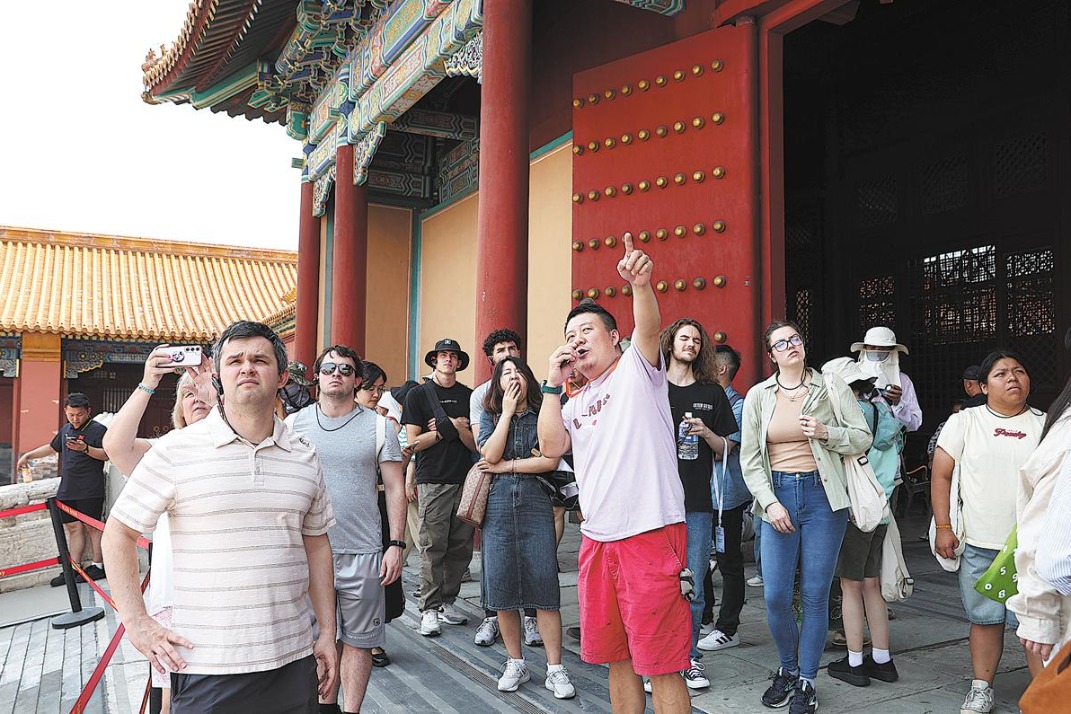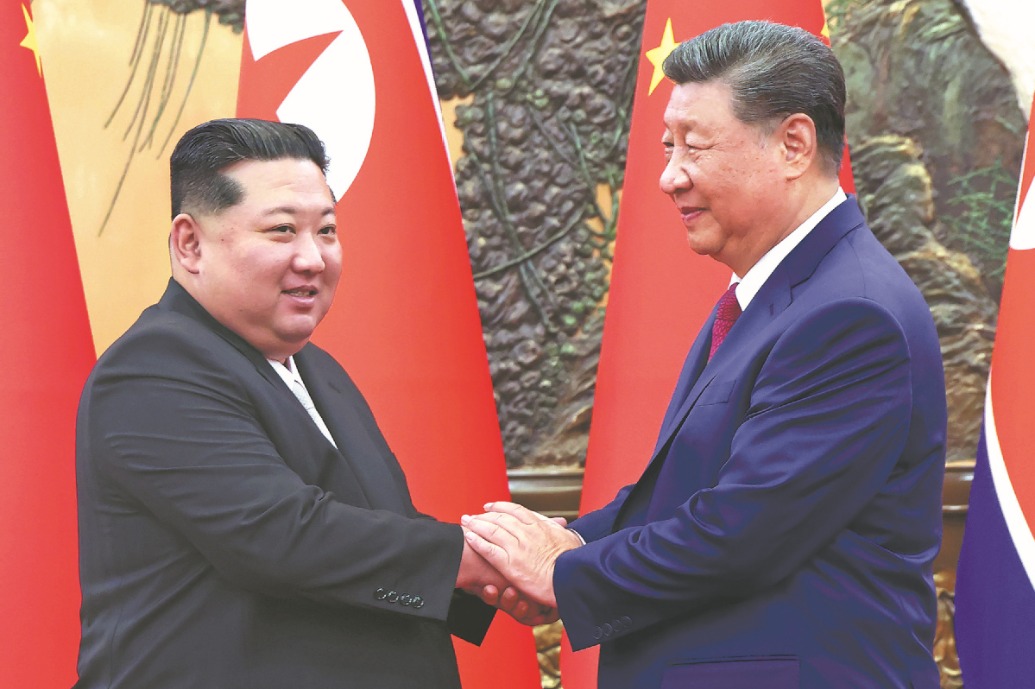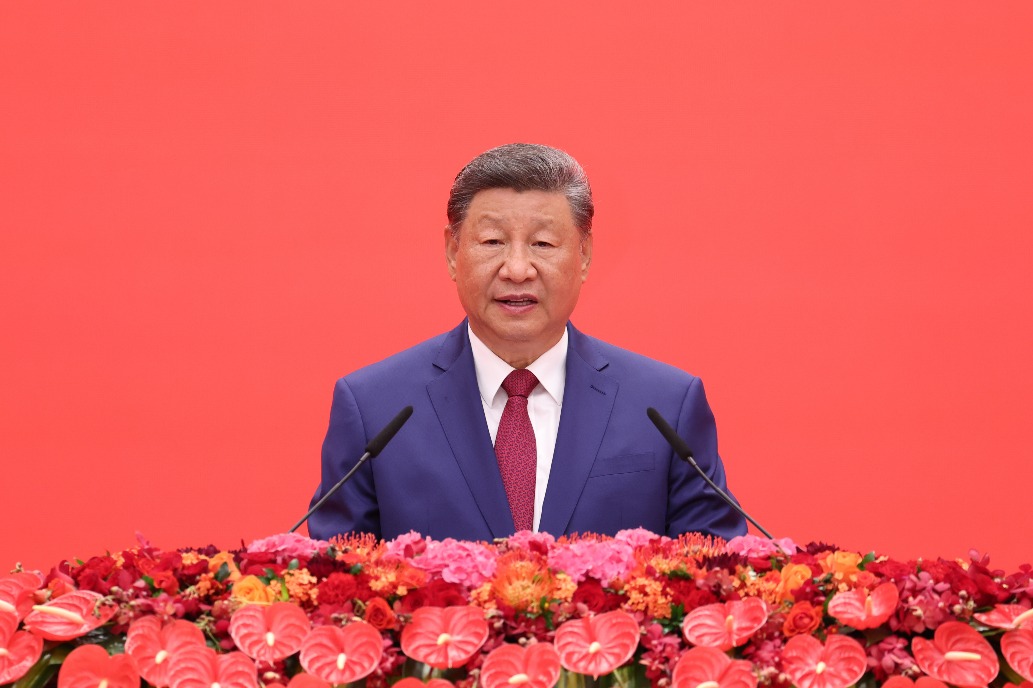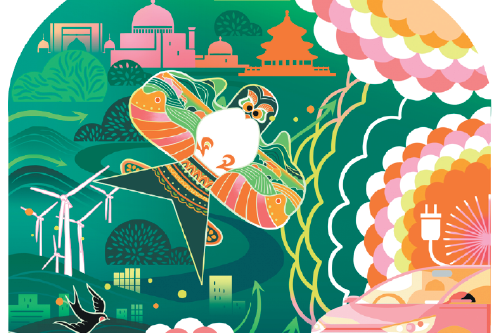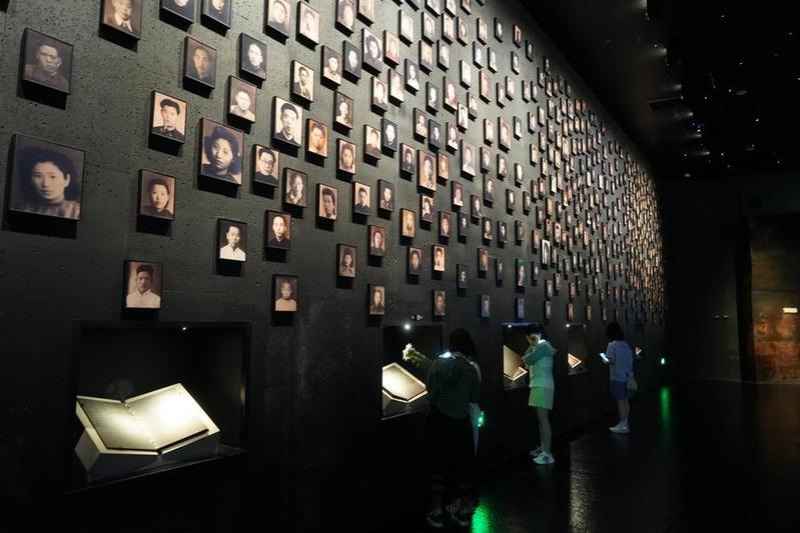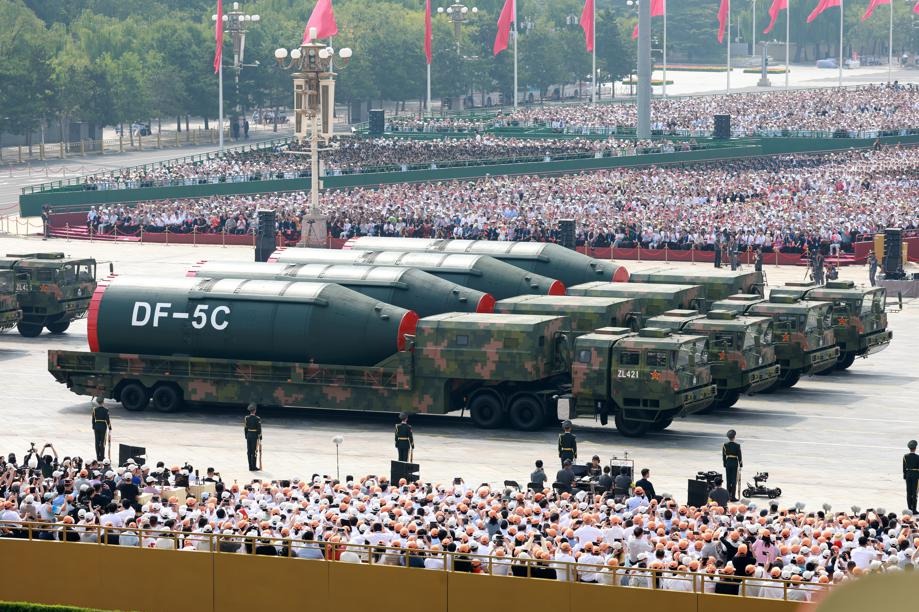Witnessing pandas in their element at San Diego Zoo

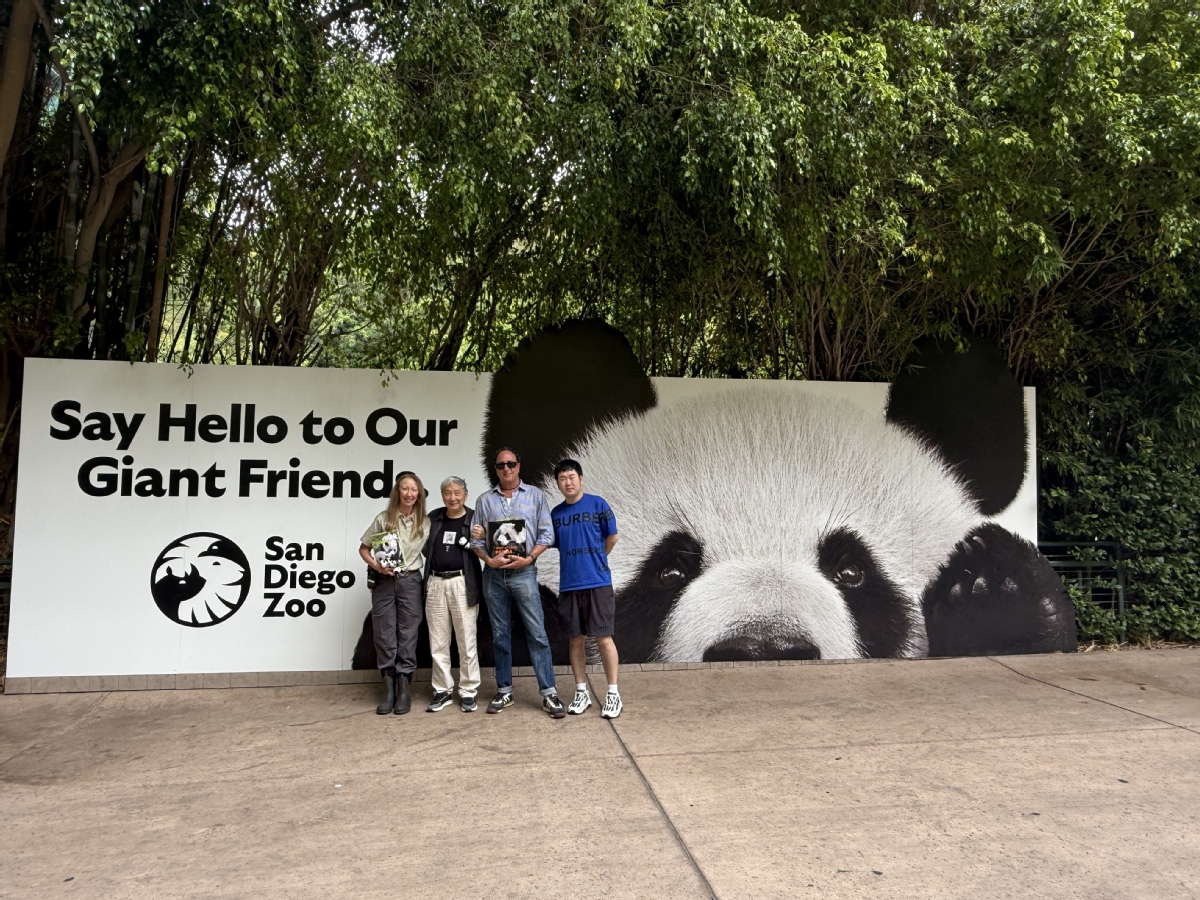
I had never believed that San Diego, lying in Southern California on the US–Mexico border, with its hot climate, was a suitable environment for giant pandas, who fear the heat but not the cold.
It seemed impossible that pandas could live there comfortably. Yet for more than 30 years, pandas have thrived at San Diego Zoo.
There, the mother panda Bai Yun gave birth to Hua Mei (August 21, 1999), Mei Sheng (August 19, 2003), Su Lin (August 2, 2005), Zhen Zhen (August 3, 2007), Yun Zi (August 5, 2009) and Xiao Liwu (July 29, 2012).
With her record of births, Bai Yun proved that San Diego was indeed a city where pandas could live and flourish.
Bai Yun and all her cubs, according to the agreement, later returned to China. In January 2025, pandas Yun Chuan and Xin Bao came to San Diego. On the morning of June 27, at nine o'clock, my grandson, who had once studied at a university in San Diego, served as my guide as we went together to the zoo.
To my surprise, Greg Vicino, the vice-president of wildlife care at the zoo, was already waiting at the gate. As soon as we arrived, he welcomed us and immediately took us straight to Panda Trek.
Avoiding the flow of visitors, our cart drove through the park under a canopy of green. I hardly felt the heat of summer.
Looking up, I saw towering palms spreading their heavy leaves like umbrellas, shielding us from the direct sun. Slightly shorter broad-leaved trees stood among them, forming a layered green curtain. And with the sea breeze drifting in from not far away, the whole zoo gave off a feeling of freshness.
Even before we reached Panda Trek, panda faced-signs appeared along the road. Stepping down from the cart, we were surrounded by a green, lush slope, where it felt even cooler.
At the entrance to the Panda Villa, Vicino introduced us to Kathy Hawk. Since 1995, Hawk has been serving as a "panda nanny" and is a senior panda-rearing expert. I presented the group with the English edition of my book Panda Stories as well as bilingual issues of the magazine Watching Pandas.
We walked into Panda Trek. Yun Chuan and Xin Bao each occupied a separate enclosure, both eating bamboo with great relish. These two were sub-adult pandas, with shining fur and striking beauty. Their orderly, graceful eating posture, the slightly exaggerated sound of their chewing — all of it made people stop in admiration.
One after the other, visitors lifted their phones to capture the wonderful sight of pandas at such close range.
I felt that Panda Trek was cooler than the rest of the zoo.
Hawk pointed to the fine mist drifting in the air and explained: "There are misting systems here that keep the temperature comfortable for the pandas.
"And we have strict protocols: whenever the temperature rises above 80 degrees Fahrenheit, the pandas can return to their air-conditioned rooms indoors."
She added: "In winter, we even create a few 'artificial snowfalls', so that the pandas can roll about and play in the snow. They get so excited! We are always striving to recreate the environment of their homeland."
Hawk became our guide, explaining in detail the living environment of Yun Chuan and Xin Bao, the various facilities and the procedures of panda care.
The Cold Storage
Hawk pulled open the heavy door, and a wave of cold air rushed out. Inside, thousands of kilograms of bamboo were being kept fresh. These were varieties similar to huajizhu and bashan bamboo, with dense leaves, thin and crisp branches, and good palatability.
Thanks to this, the pandas from China quickly adapted to their "new rations". Outside the cold room, we saw another kind of bamboo with thicker stalks.
Hawk pointed to a crusher on the workbench and explained, "For this thick bamboo, before feeding, we use this machine to break it into several pieces, so the pandas can eat it easily."
This immediately reminded me of how people in Sichuan eat sugarcane — they always split it before chewing. The keepers' thoughtfulness toward the pandas moved me deeply.
The Nursery
This was the quietest part of Panda Trek, a secret room within the work area. Hawk told us: "All the good news comes from here.
"Bai Yun gave birth to all five of her cubs in this room. We believe more joyful news will come from here in the future."
The Little Train
A row of cages, like train cars, could slide smoothly along the tracks. This way, pandas could be moved between enclosures, brought together for breeding when females were in estrus, or taken for medical check-ups — all without the need for staff to lift or carry them by force. Once a panda walked into the car, the "train" simply rolled forward, and the work was done.
When I stood at the iron gate where the "train" began, I saw Xin Bao walking outside after a big meal.
Hawk smiled and said, "Xin Bao still needs to grow. No need to hurry him onto the train yet."
The Research Room
Several computers are contained in this room, and the staff were fully absorbed in processing data.
Here we met Gaylene Thomas, the wildlife care manager. Wearing a red blouse, she warmly welcomed us and led us into the adjoining food-prep kitchen. The air carried the warm fragrance of steaming food. A chef waved to us in greeting. This was much like a Chinese "panda kitchen," and at that very moment, they were steaming "panda buns" (wo wo tou) to fully meet the nutritional needs of the animals.
The Office Area
Along the corridor, large photographs of Bai Yun, Hua Mei, Mei Sheng and other pandas hung on display.
Hawk said: "For more than 30 years, they have been the world-famous stars of our zoo. We are proud of them!"
I could see that, for more than 30 years, San Diego Zoo has used many modern technologies to create the most comfortable environment for pandas, to provide them with the richest foods and the most thoughtful care.
On the display boards around Panda Trek, representative photographs were also exhibited. Among them were pictures of Chinese experts: Deputy Director Li Desheng of the China Conservation and Research Center for the Giant Panda, as well as academician Wei Fuwen and his group together with zoo officials.
These photographs told the visitors that the achievements of San Diego Zoo were inseparable from close cooperation with China.
Thanks to Vicino's thoughtfulness, Thomas and Hawk joined us for lunch in the Sky Garden. The garden was surrounded by tall trees, and a waterfall poured down in a cascade. The environment was unique and beautiful. My grandson, when he was still in middle school, had volunteered for three years at the Chengdu Research Base of Giant Panda Breeding in Southwest China's Sichuan province under the panda keeper Grandpa Tan's guidance.
He worked hard, collecting droppings and cleaning enclosures. As we ate, he shared with our hosts many stories of his experiences with the pandas. Our lunch was filled with laughter.
When we said goodbye to Panda Trek, I saw long lines of visitors waiting outside. Unlike in Tokyo, Toronto or Vienna, San Diego Zoo allows only a limited number of visitors in at a time, and the visiting time for each group is controlled. Only after one group finishes is the next group allowed in.
Hawk said: "Arranging entry in time slots with limited visitors means people waiting in line have to endure a bit more.
"But this reduces the disturbance to the pandas, keeps the environment quiet and is much better for them."
As I left San Diego Zoo, I thought about Yun Chuan and Xin Bao — I must report back to the billions of panda fans in our homeland that you are living well here across the Pacific!
The writer is the former editor-in-chief of the Chengdu-based Science Fiction World magazine in Southwest China's Sichuan province and a famous panda writer.
















